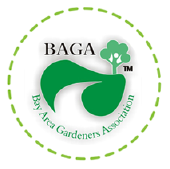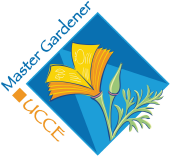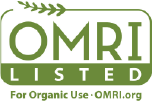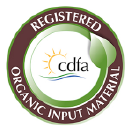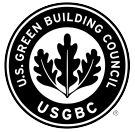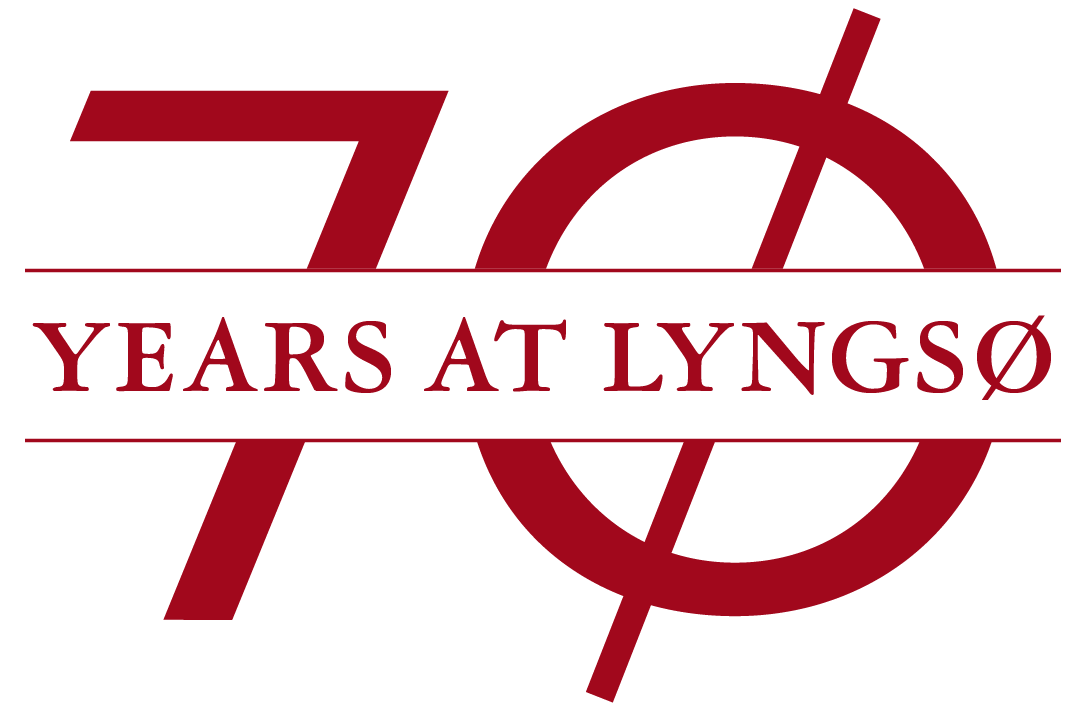Are making raised beds or are you wanting to amend your soil and plant in it?
If you are making raised beds I would recommend you use 2 parts of our Potting Mix or Nursery Mix 1 part Vermi Green Compost or Diestel Structured Compost. If you have 900 square feet of beds and they are 8″ deep you will need 15 yards of Potting Mix and 7 yards of Vermi Green Compost/Diestel Structured Compost. We can mix the two together for you.
Are making raised beds or are you wanting to amend your soil and plant in it?
If you are making raised beds I would recommend you use 2 parts of our Potting Mix or Nursery Mix 1 part Vermi Green Compost or Diestel Structured Compost. If you have 900 square feet of beds and they are 8″ deep you will need 15 yards of Potting Mix and 7 yards of Vermi Green Compost/Diestel Structured Compost. We can mix the two together for you.
If you want to work with your soil then wait until it has dried out a bit from the rain, now may be a perfect time. You want a little moisture in the soil so you can get a shovel into it. If it is muddy don’t work it until it has drained. You will need 6 yards of Vermi Green Compost or Diestel Structured Compost and 3 yards of Fine Redwood Amendment. We can mix them together for you. You will spread the mix over your soil and mix in with a rototiller. I generally do not like rototillers but they are great to use one time when the soil is compacted. The rototiller will open up the soil and incorporate the compost and amendment. The Fine Redwood Amendment will help keep the soil open and the Vermi Green Compost or Diestel Structured Compost will add food and life to the soil.
In addition to Vermi Green Compost and Diestel Structured Compost we have a Composted Horse Manure. The Diestel Structured Compost is composted turkey manure made by the Diestel family from their turkey ranch. We know everything that goes into their compost. The Vermi Green Compost is a green waste compost so we don’t know everything that has gone into it, it is approved to use on organic farms. The Composted Horse Manure is local, it is good to use as mulch on top of your veggie garden.
Mulches are very important for the health of your soil. Do keep your soil covered with 2″-3″ layer of mulch. We have many kinds of mulches; composted horse manure, Mocha Mulch, Wood Chips or Arbor Mulch would all work well. They will all provide protection from the sun, help hold moisture in the soil, break up rain drops so they can penetrate into the soil, provide a long term source of food for the biology in the soil and mulching also helps retard weed growth. Over time you will want to maintain your vegetable garden by applying 1/4″-1/2″ of compost in the fall over the top of the beds and mulch over the top of the compost. You will also want to apply an organic fertilizer like Down to Earth All Purpose or Vegetable fertilizer during the growing season.
If you are growing in a raised bed, we have two mixes that are excellent for growing vegetables. The Lyngso Vegetable Blend is a mix of top soil, redwood shavings and Diestel Structured Compost. It is ready to go, just put it in your raised bed and water lightly as you put it in. You will not need additional compost or organic fertilizer for at least one year. Our second blend is called the Essential Soil Landscape Mix. The Essential Soil Landscape Mix does not contain any top soil. It contains pea gravel to prevent the soil from compacting which in turn encourages deep root growth. Deep root growth means less irrigation. The Essential Soil Landscape Mix contains an organic nutrient and biological additive. The biological additive contains beneficial bacteria including rhizobia and mycorrhizal fungi. It contains sufficient nutrients to feed your plants for at least one year.
Compost and humus are decomposed organic matter. Think of compost as a heat process of decomposition and humus as a cold process of decomposition. Different groups of microbes break down the organic matter until it is no longer recognizable. The microbes that break down compost work faster than the microbes that break down humus. Both provide beneficial life and soluble nutrients to the soil.
Garden Compost is a 100% green waste compost. Green waste is made from everything people put in their green bins. The Garden Compost we carry does not contain food waste or lumber. It is composted in large windrows and turned with a machine, water is added as needed to keep the microbial process going. It is still hot when we get it in but once you spread it out, the heat dissipates. It has some soluble nutrients as well as life. The Garden Compost is not high in nitrogen but has more than adequate supply of phosphorus and potassium as well as major and minor nutrients. Use it when sheet mulching, amending clay soils, as a top dressing under mulch when planting natives, and as an amendment when making homemade potting soils. Garden Compost is OMRI listed for organic use.
Diestel Structured Compost is composted turkey manure. The turkeys are fed a GMO-free diet. Diestel Structured Compost is finished, it is full of life and soluble nutrients. This is the compost to use for food crops, perennials, annuals, fruit and nut trees, and berries. You can blend it into your garden beds or you can side dress your vegetables after they are established. Diestel Structured Compost is OMRI listed for organic use and is currently in the process of being listed through CDFA as OIM.
Bu’s Blend Biodynamic Compost is composted dairy manure. Bu’s contains no GMOs, pesticides, sewage sludge, growth hormones, or synthetic chemicals. Bu’s is a finished compost that is perfect for all food crops. Roses also love Bu’s. Bu’s Blend biodynamic Compost is OMRI and CDFA listed for organic use.
Oregon Bull Organic Aged Humus is classified as a humus rather than a compost. It is steer manure from a 50-year-old fed lot that has been decomposed by the fungi and bacteria over time at ambient temperatures rather than through the composting process. Oregon Bull is good in container mixes and as a top dressing for most plants including vegetables, followed by a layer of mulch on top. It will provide life and soluble nutrients. Oregon Bull Organic Aged Humus is OMRI and CDFA listed for organic use.
Black Worm Castings are produced by worms who are fed an organic diet of greens. These worms are not fed animal manures or food waste. The worm castings contain beneficial life as well as soluble nutrients. Excellent for vegetable gardens and fruit trees.
Amendment Mix is a blend of Garden Compost and Fine Redwood Amendment. Typically uses to break up clay soil. Also uses as a top dressing for lawns.
Sheet mulching is also a great way to improve your soil, it takes a little more time. Please see sheet mulching instructions here







